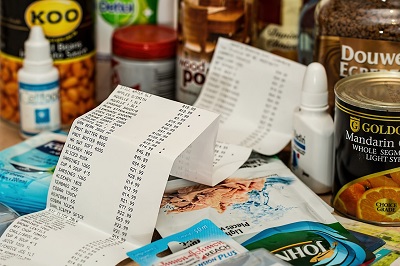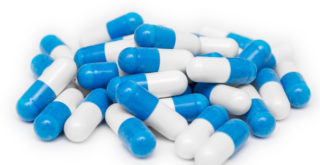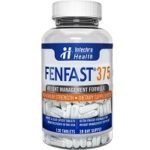The FDA has changed the food labels requirements for packaged products due to the increasing number of people in the US who are struggling with obesity and related diseases. Labels on food products are often not legible and according to the new regulations, they have to be made more convenient so that people know what they are consuming and in what quantity. The new changes include declaration for nutritional values which were not regulated previously, so that people can make more informed choices.
This would include the types of calories, servings per size and servings per container. Based on recent scientific findings, the new list of nutrients, like vitamin D, potassium, and iron, are being updated to be included in the food labels. Daily values are also to be included which means the amount of nutrients to be consumed and what percentage of it is included in the product.
The serving size is based on how much people eat, so the manufacturers will have to indicate the mentioned nutrients as one serving if people are consuming it in one sitting. This would include products made up of more than one serving, but that are often consumed all at once, like pints of ice cream or soda. For such products, there will be two columns on the label to indicate the number of calories on both a “per serving” and per package/per unit basis, so that consumers understand how many calories they are consuming if they eat the entire product in one go.
Many people do not get enough vitamin D and potassium, which is necessary for good health. It helps regulate blood pressure, which is something obese people often struggle with. Now, these nutrients will be a requirement on food labels. The calories from fat would be removed from the label and in its place, the quantities of 3 fats (total fat, trans fat and saturated fat) will be mentioned separately. There will also be some minor changes in the supplements facts label.
Another change is the inclusion of added sugars. Added sugar makes up 13% of the average American’s calorie consumption, which is included in sugar-sweetened beverages, snacks and sweets. Your nutritional needs will not be fulfilled if more than 10% of your daily calorie intake is through added sugars.
The new footnote in food labels will tell the percentage of daily value. This is the nutrient in a serving of food contributing to the daily allowance. The recommendation is 2000 calorie per day. For example, a single serving of Pepsi contains 69 grams of sugar, which is close to 140% of your daily recommended intake.
The bottom line: These new food labels will help fight obesity, as people will be able to make more informed choices.



















